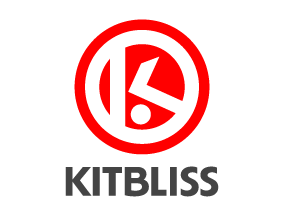Nothing could be more guaranteed to brighten up a young child’s bedroom wall than a Subbuteo poster. It’s been proven scientifically, probably. By the time this masterpiece came out in 1983, the masters of the flick-to-kick revolution had been annually publishing posters and catalogues for decades, each with its own distinctive graphics and identity.
The premise, as ever, was a simple one: to show off the myriad teams and accessories available to buy for the avid collector. Here, those same teams could be seen surrounding the big football motif; row upon row of colourful sporting soldiers, marching (as best they could when their feet were glued to a hemisphere) across this parade of printed perfection.
 |
| Click for larger version |
 |
| Click for larger version |
But that was just the front of the poster. Turn it over and there you’d find two full listings (one alphabetic, the other numeric) to help you identify which team wore which kit. This time, instead of the designs being exotic, it was the names of the teams that sent the mind racing. The West German clubs alone sound bizarre in a modern-day perspective; who knows how strange they sounded then. Has anyone ever heard of Wormatia Worms, Kickers Offenbach or SpVgg Bayreuth? Thought not…
As for the big football on the front, there were all the usual bits and pieces on show to make your Subbuteo collection that little bit more special. The two stand-out items for me, however, are the Skills Trainer and the Team Carrying Case. I wanted the former SO badly when I was a kid. The very thought of practicing my shooting by flicking the ball through those obviously-way-too-small holes seemed like Subbuteo nirvana to me, let alone dribbling around the miniature plastic cones.
As for the beautifully designed carry case, even my juvenile self saw through the initial allure of this one. The clear cover on a green plastic tray capable of housing two teams for transportation looked amazing when I was 12, but how would I carry my other 16 teams with me? I had the answer in the form of an old carry case designed for holding LP’s. It was far bigger and could contain my scoreboard, TV Tower and lots more besides. It even had a handle.
All of which goes to prove that where Subbuteo was concerned, it was best to suspend your awareness of practicality, even if you were at such a young age. Design was the thing to appreciate, whether you were dealing with a brightly painted team of players, or a poster showing you all the things your heart desired.
 |
| Click for larger version |
 |
| Click for larger version |













what are the measurements of this poster?
ReplyDeleteHi Todd, the poster is 70 centimetres tall by 50 centimetres wide. Best wishes, Chris.
DeleteThis poster is responsible for so much 'wasted' life I don't know where to start. It was really my first opportunity to study international football which was almost unknown in those days and therefore, to me at least, highly exotic. It was also the birth of an obsession that was further exacerbated by Mike Hammond's 'European Football Yearbook 88/89' and editable football manager game for the Spectrum 'Tracksuit Manager'. Yes, I typed in an entire roster of Greek footballers - Dimitris Saravakos was very much in his prime at the time! These days I type away in the wee small hours keeping voluminous Excel spreadsheets on Stenhousemuir and Berwick Rangers and I'm afraid this poster is where it all started!
ReplyDelete